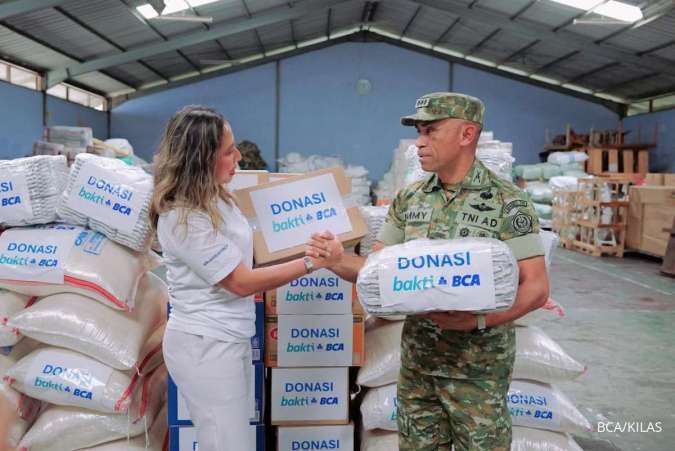KONTAN.CO.ID - JAKARTA. Indonesia's regional COVID-19 deaths vastly outnumber its national tally, an independent organisation which collects data on the Southeast Asian country's coronavirus outbreak said in a statement on Thursday. Indonesia is Asia's COVID-19 epicentre and has over the last week reported over 1,500 deaths a day, including a record 2,069 deaths on Tuesday. That tally does not include all regional deaths, however, meaning the true toll could be much higher, according to the Lapor COVID-19 data monitoring group. "This gives a false sense of security... because the data hides thousands of real deaths," Lapor COVID-19 co-founder Irma Hidayana said in a statement.
Indonesia's regional COVID-19 deaths higher than national tally - data monitor
KONTAN.CO.ID - JAKARTA. Indonesia's regional COVID-19 deaths vastly outnumber its national tally, an independent organisation which collects data on the Southeast Asian country's coronavirus outbreak said in a statement on Thursday. Indonesia is Asia's COVID-19 epicentre and has over the last week reported over 1,500 deaths a day, including a record 2,069 deaths on Tuesday. That tally does not include all regional deaths, however, meaning the true toll could be much higher, according to the Lapor COVID-19 data monitoring group. "This gives a false sense of security... because the data hides thousands of real deaths," Lapor COVID-19 co-founder Irma Hidayana said in a statement.

